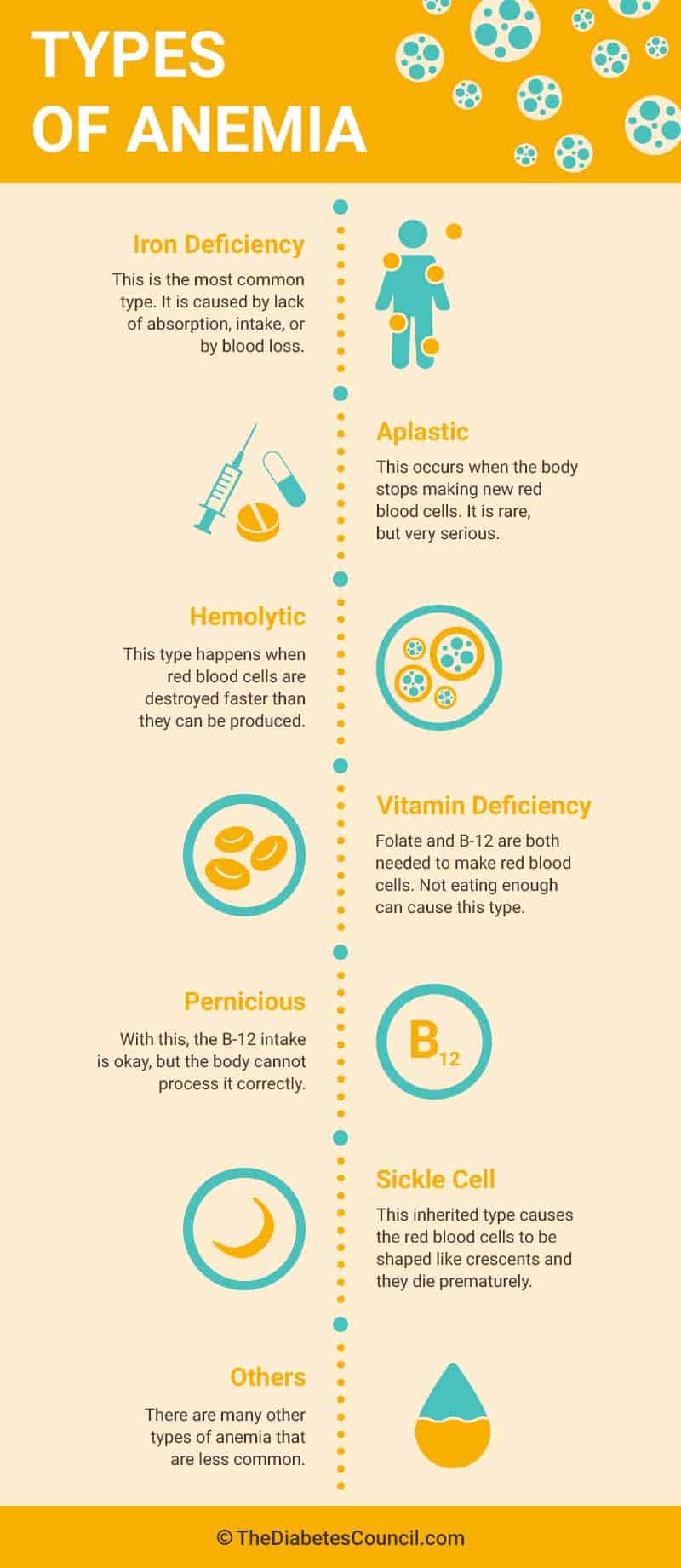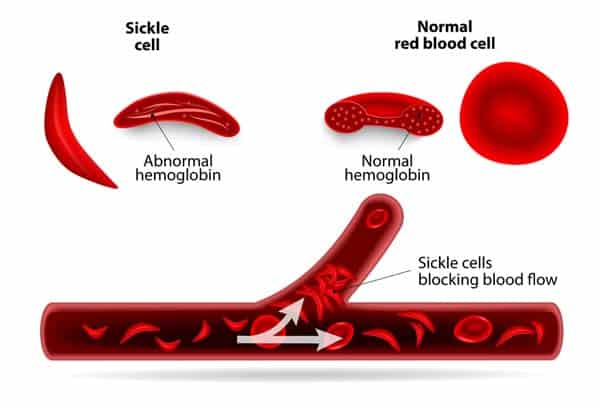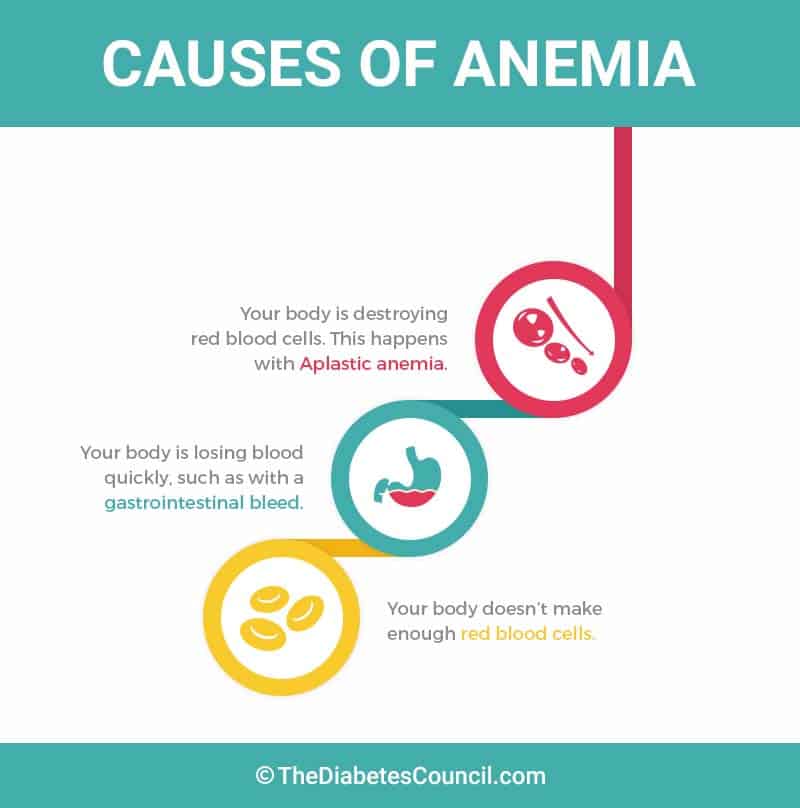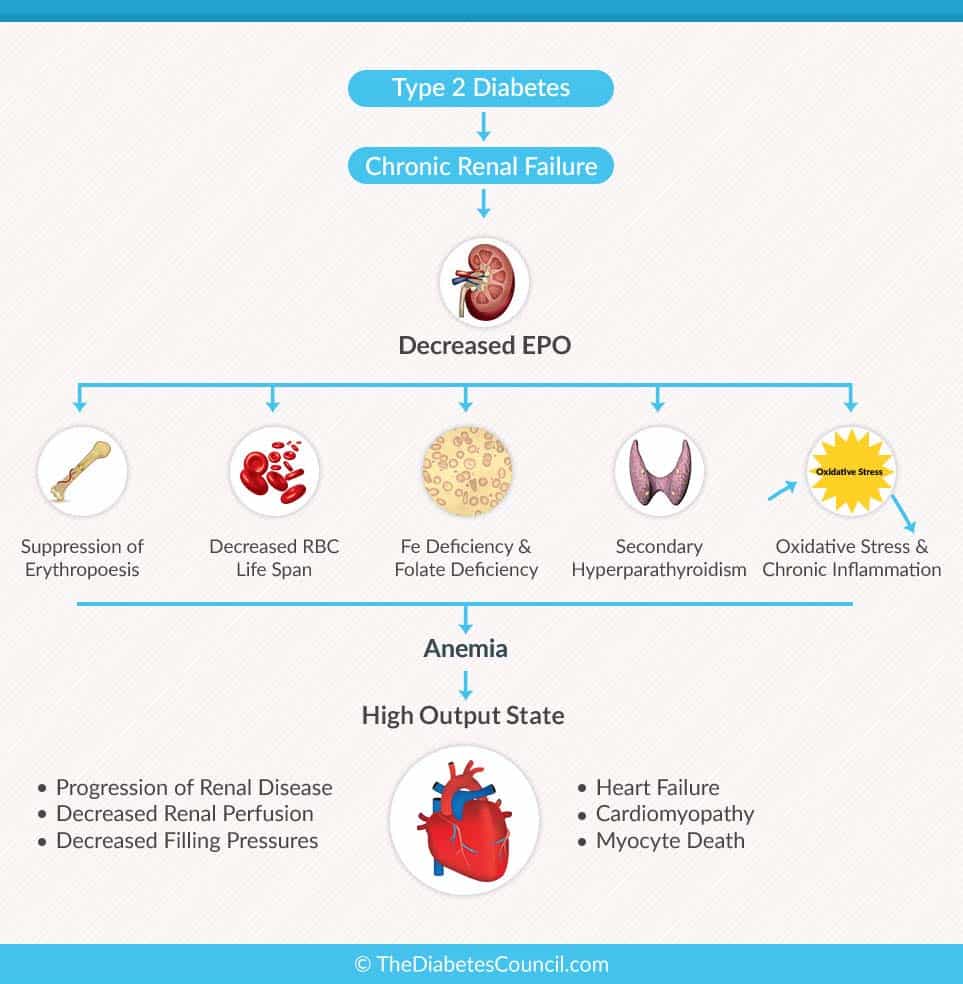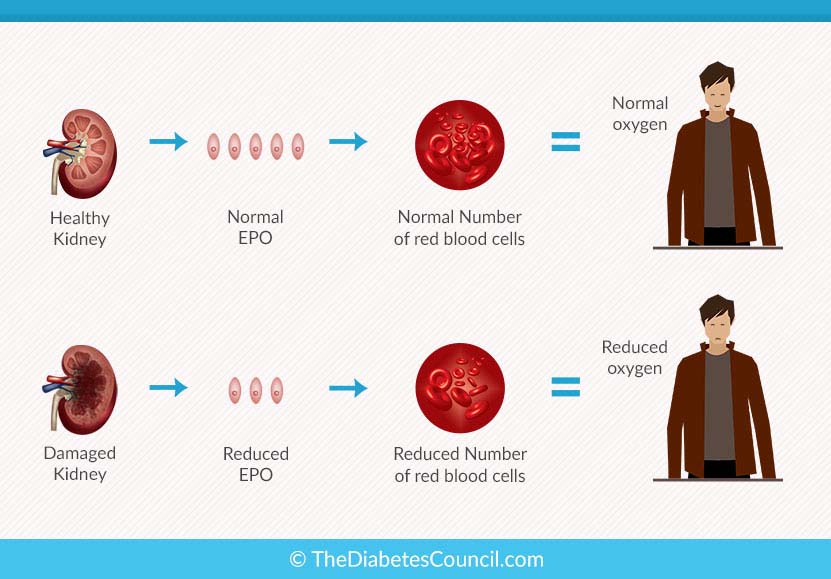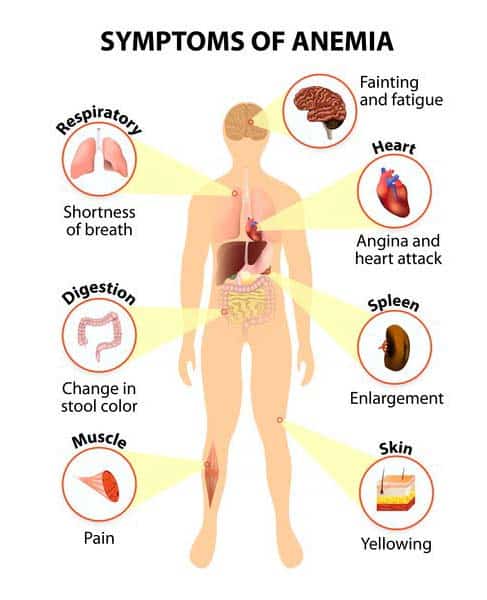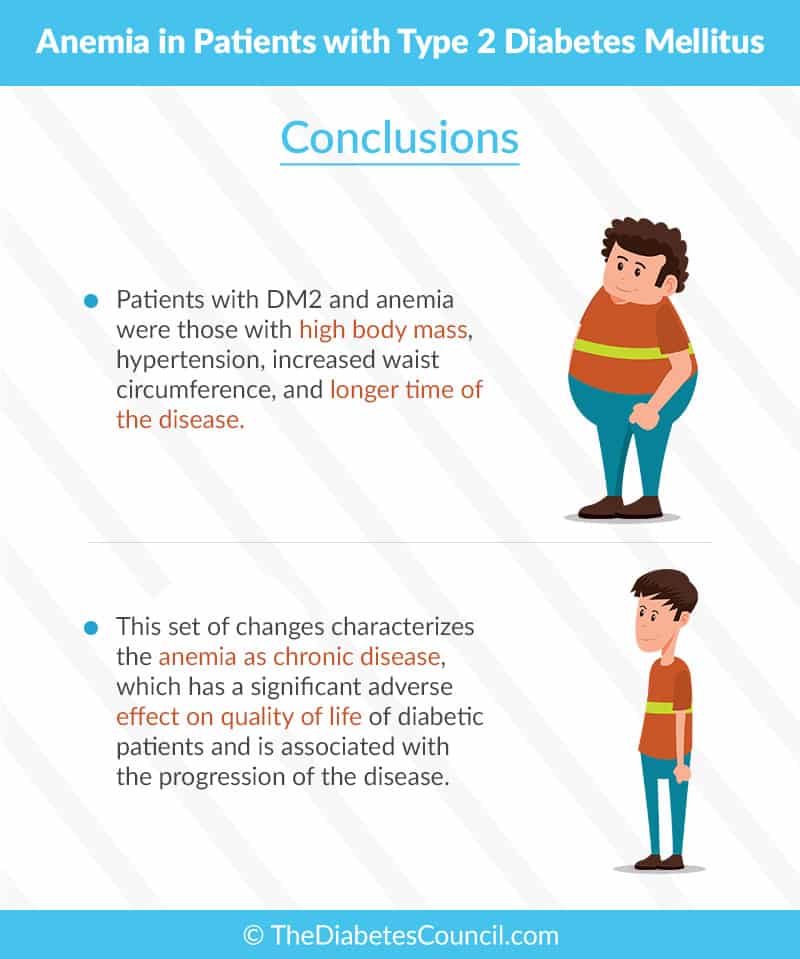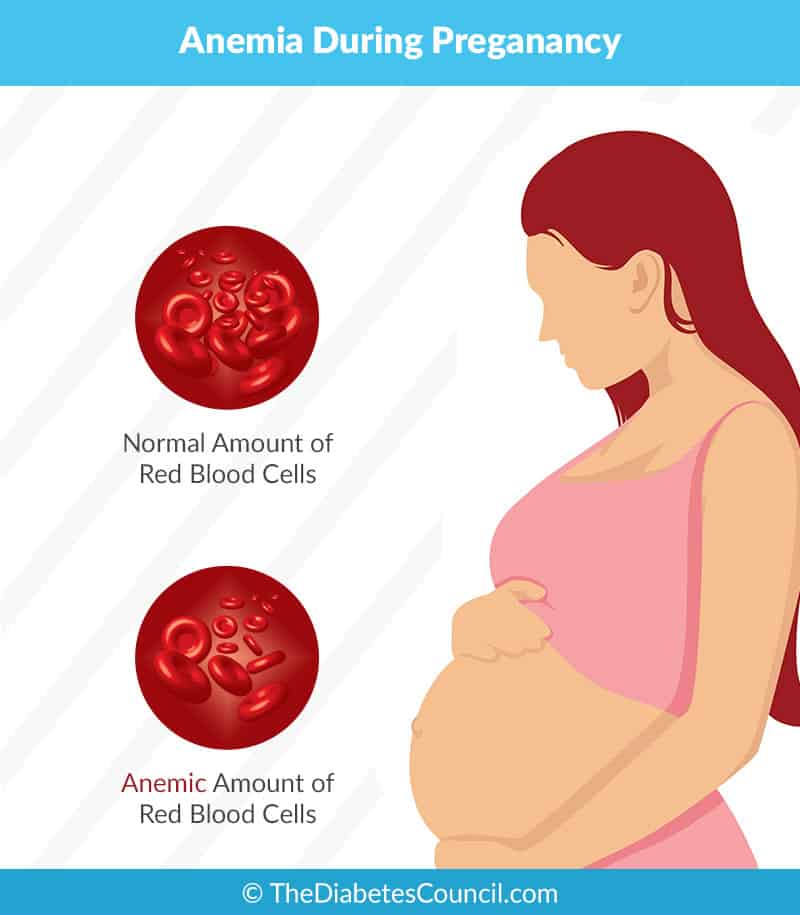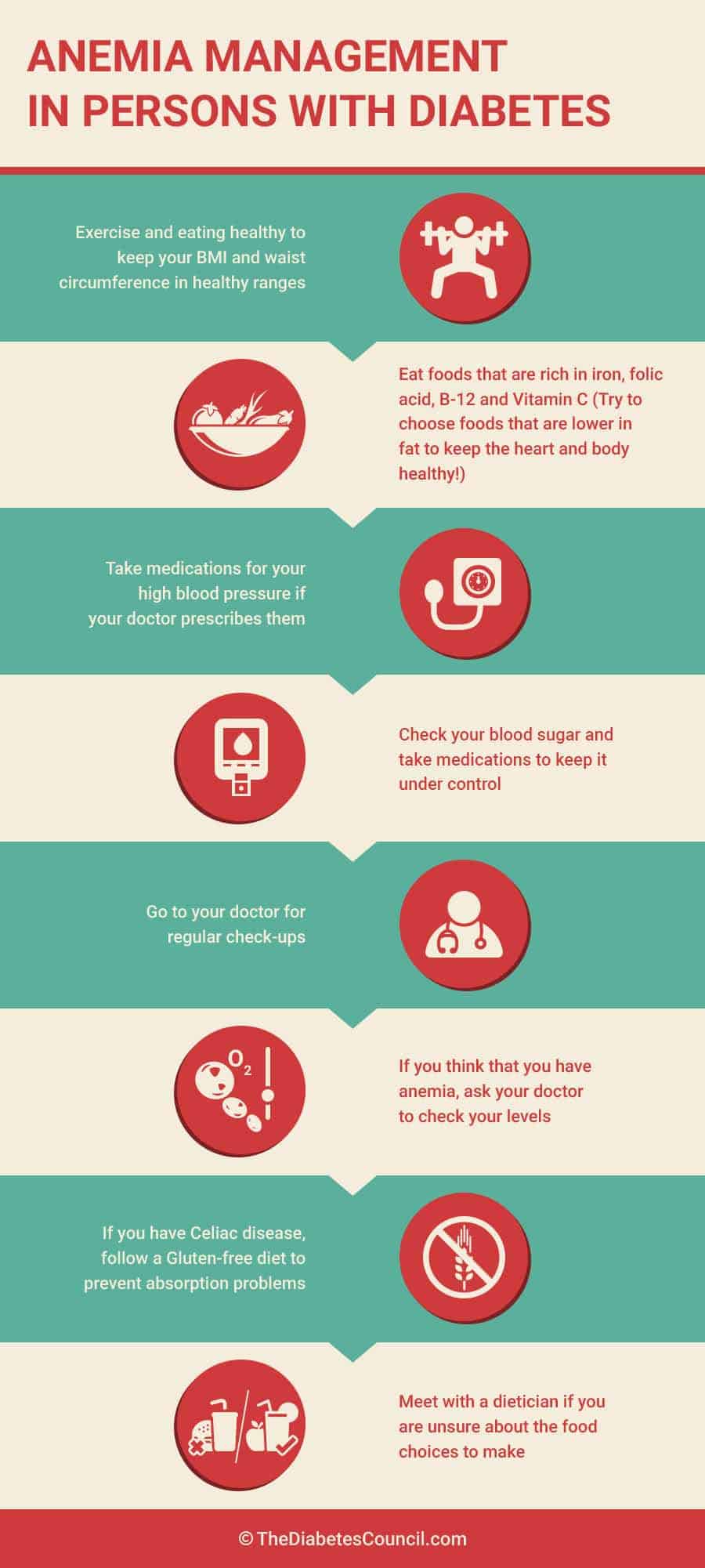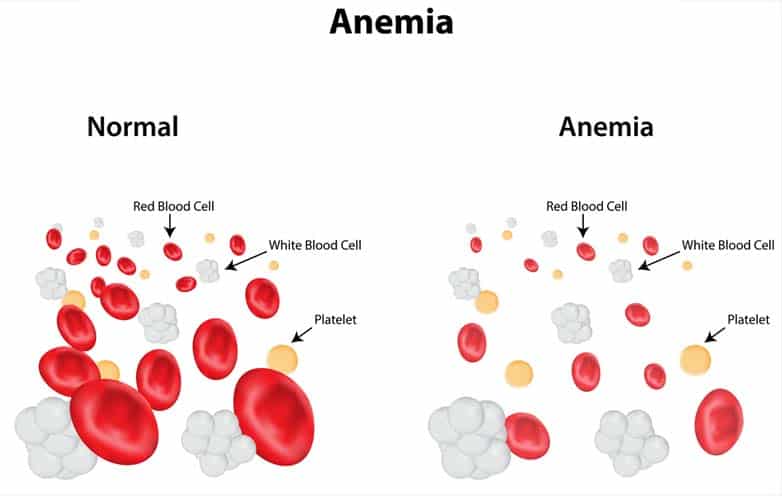 Did you know that over 3 million Americans have anemia?
Did you know that over 3 million Americans have anemia?
Someone’s anemic if they have an abnormally low amount of red blood cells – and when there are too few red blood cells, body organs don’t get the oxygen they need. This not only strains and damages organs, but it also decreases a person’s quality of life by causing fatigue, weakness, and headaches.
Red blood cells can transport oxygen because they’re full of a complex molecule called hemoglobin, which can grab, hold, and release oxygen as needed in different part of the body. A doctor may an anemic person as having “too little hemoglobin” or “a low hematocrit”. The first statement refers to the amount of concentration of hemoglobin molecules in your blood, and the second refers to the concentration of red blood cells in your blood. If that sounds redundant, you’re right! They’re both describing the same thing. That’s why it’s best to pay attention to one or the other (not both) to avoid confusion.
Contents
Types of anemia
There are quite a few different types of anemia (over 400 to be exact!). The most common ones are summarized below. It is very important to know the type of anemia and the cause. Without knowing the cause, you cannot treat the disease!
- Iron Deficiency. This is the most common type. It is caused by lack of absorption, intake, or by blood loss.
- Aplastic. This occurs when the body stops making new red blood cells. It is rare, but very serious.
- Hemolytic. This type happens when red blood cells are destroyed faster than they can be produced.
- Vitamin Deficiency. Poor nutrition, or impaired vitamin absorption causes this type.
- Pernicious. With this, the B-12 intake is okay, but the body cannot process it correctly.
- Fragile Red Cell. Some people inherit abnormal red blood cells that die earlier than normal, like in sickle cell or thalassemia.
- Others. There are many other types of anemia that are less common.
Possible causes of anemia
All of the above types cause anemia one of three ways:
- Not enough raw materials (such as iron or other vitamins).
- Impaired production (such as in kidney failure, aplastic anemia, MDS).
- Early red cell destruction (such as in sickle cell)
Understanding the cause helps you and your doctor return the red blood cell count to a healthy number!
Is there a relationship between diabetes and anemia?
YES. 25% of Americans with diabetes also have anemia, and a person with diabetes' risk of developing anemia increases the longer they have the disease.
I recommend reading the following articles:
Why are people with diabetes more likely to have anemia?
People with diabetes are at risk for anemia because of the complications diabetes causes. These include kidney disease, medication side effects, and more. (Read the next section for more information!)
It is not directly because of the diabetes. Keeping the blood sugar under control is the best way to decrease your anemia risk and live a healthy life.
Antwi-Bafour et al’s study suggested that anemia is more frequent in people with diabetes who have poorly controlled glucose, and renal insufficiency. That means better glycemic control can help in reducing the chances of developing anemia in the first place.
How does diabetes affect anemia?
When blood sugar is poorly-controlled, many different body organs are affected. Some of these bad effects can lead to anemia.
Here is how:
- Kidney disease
The number one cause of anemia in people with diabetes is kidney disease. Red blood cell production requires a hormone (called erythropoietin) from the kidneys. But as kidneys become damaged, they make less and less – and without this hormone, the body doesn’t make enough red blood cells.
Since 40% of people with diabetes have some sort of kidney disease, it isn’t surprising that many of them have anemia also.
- Heart Failure
Heart failure and anemia feed off one another. The worse anemia gets, the harder the heart has to work, causing more kidney failure which causes more anemia which in turn causes more heart failure. It’s a vicious cycle.
- Nutrient Deficiencies
Diabetes can impair the gut’s ability to absorb iron, B12, and folate. This is especially true in patients who’ve had gastric bypass, or who also have celiac disease (as many as 1 in 20!).
- Diabetic drugs
Some diabetes medications such as Metformin can interfere with B-12 absorption. One study showed that 30% of patients using Metformin for more than ten years developed B-12 deficiency (wow!). Other medications, such as Actos and Avandia, can dilute hemoglobin concentration in the blood – though it isn’t clear whether this causes the same problems that true anemia does.
A pan-European study confirmed that anemia significantly worsens the quality of patients’ lives. But most of the patients in this study weren’t even aware of their anemia in the first place. That’s why it’s imperative that patients with diabetes be tested for anemia to further decrease complications.
Uncontrolled diabetes and anemia
Since high blood sugar levels can lead to anemia, good glycemic control is a vital part of keeping the red blood cell levels up.
Diabetes anemia symptoms and diagnosis
The symptoms of diabetes and anemia can be very similar, so it may be difficult to know if a person has both. With mild anemia, there may be no signs of the disease. Once the disease progresses, symptoms may include:
- Tiredness
- Dizziness
- Depression
- Shortness of breath
- Weakness
- Irritability
- Brittle nails
- Pale skin
- Cold hands and feet
- Numbness in the hands and feet
- Chest pain
- Irregular heartbeat
- Hard time concentrating
Diagnosis
A doctor can easily determine if you’re anemic by a simple blood test. Normal ranges for men is hemoglobin for men is a hemoglobin between 13.8 and 17.2 (or hematocrit of 40.7 to 50.3). For women, it’s between 12.1 and 15.1 (or a hematocrit of 36.1 to 44.3). These lab values will vary some from time to time – especially in children of different ages - so don’t be too concerned if the numbers aren’t exactly the same.
Once anemia is confirmed, the next step is to figure out the cause. Your doctor may ask questions about your family history, your diet, do a physical assessment, and ask about the medications that you take – all to try and find the cause.
Other tests that can be done include:
- Blood tests for iron, ferritin, and vitamin levels
- Occult stool testing, colonoscopy or esophagogastroduodenoscopy to check for blood loss
- Occult stool tests to see if there is blood in your stool
- Blood and urine tests for kidney function
Sometimes your doctor will need the help of a hematologist – a blood specialist – who may run more advanced tests to find the cause.
Treatment and prevention
Once the cause of the anemia is discovered, treatment can begin.
Once the cause of the anemia is discovered, treatment can begin.
For those people with nutritional deficiencies, dietary education and supplements may be recommended. A few of them are listed below:
Foods high in iron include:
- Red meat
- Dark green leafy vegetables
- Dried fruit such as raisins
- Beans
- Iron-fortified foods such as cereals
It is very important to know that Vitamin C helps the absorption of iron, while calcium and grains impair it! Try to pair your iron intake with some foods that contain Vitamin C such as fruits and vegetables.
Foods high in folate (folic acid) include:
- Dark green leafy vegetables
- Beans such as lentils and black-eyed peas
- Citrus fruits
- Avocados
- Seeds and nuts
Foods high in B-12 include:
- Seafood like clams, oysters, and salmon
- Red meat and liver
- Eggs
Your doctor may send you to a dietician who can help you make better food choices to keep your diabetes and anemia under control.
If these steps don’t help (or you can’t tolerate the supplements - which is common with iron), your doctor may recommend injections of iron or B-12.
If the cause is kidney disease, you may be sent to a nephrologist. These specialists can suggest ways to protect and preserve your kidney function. They may even recommend erythropoietin injections. You should be aware that erythropoietin injections carry a small risk of causing strokes, heart problems, and blood clots.
Consequences of anemia in patients with diabetes
So why it is so important for people with diabetes and anemia to seek treatment? There are several reasons!
First of all, anemia can worsen many typical diabetic problems: kidney disease, heart disease, and eye and nerve damage, for example.
Since anemia can impair oxygen delivery to body tissues, it can make it even harder for a diabetic person to heal ulcers and surgical wounds.
The heart of patients with diabetes are already under strain. The added stress of anemia can drive already-overworked heart muscle into hypertrophy, failure, and death.
Besides the physical problems, anemia can worsen fatigue, depression, and quality of life for the person with diabetes.
So what does this all mean? It means that anemia can complicate life for people with diabetes tremendously. The importance of identifying and treating anemia cannot be overestimated.
Type 1 diabetes and anemia
Pernicious anemia - an autoimmune disease that impairs the gut’s ability to absorb B12 - is the most common anemia in type 1 diabetes. Pernicious anemia can be dangerous because it can strain the heart and blood vessels especially hard. One study found that patients with Type 1 diabetes and anemia were twice as likely to develop a macrovascular disease as those without anemia. Happily, B12 injections are very effective treatment.
Type 2 diabetes and anemia
Anemia is much more common with type 2 diabetes because of the increased body mass index and poor diet choices.
Those with type 2 diabetes and anemia should intend to lower their risk by controlling their blood sugar. They should also eat healthy and exercise to prevent obesity and high blood pressure. Many foods that are high in iron are high in fat, such as red meat. These foods should be eaten in moderation and foods with lower fat content should be selected. If you are unsure about which foods are best, talk to a dietician.
Does anemia cause high blood sugar?
No.
Does anemia cause low blood sugar?
No
Gestational diabetes and anemia
Anemia is common during pregnancy. As a matter of fact, approximately 19% of women have iron deficiency anemia during their pregnancy. Iron deficiency can lead to problems with the baby such as a low birth weight and possibly needing a blood transfusion at birth. It can also cause post-partum depression for the mother.
Having a folate (folic acid) deficit can lead to a low-birth weight or spine and brain defects.
Almost all pregnant women are advised to eat foods high in iron and folate, and prescribed prenatal vitamins high in both.
Preventing Anemia in Pregnancy
Women with gestational diabetes and anemia should eat foods high in folic acid and iron (like those listed above). They should also have adequate Vitamin C intake, because that helps iron absorption.
Further reading:
Anemia management in persons with diabetes
The good news is that managing anemia isn’t too much different from managing the diabetes itself. You need a good diet, a disciplined approach, and qualified medical help:
Ways to take care of yourself include:
- Keep your BMI and waist circumference in healthy ranges by exercising and eating healthy
- Eat foods rich in iron, folic acid, B-12 and vitamin C
- Manage your high blood pressure
- Commit to good glycemic control
- Keep your doctor appointments
- If you have Celiac disease, follow a Gluten-free diet
- Meet with a dietician if you are unsure about the food choices to make
Does diabetes cause anemia?
Indirectly, yes: the complications that diabetes cause (like kidney disease) make anemia more likely. Taking care of yourself and controlling your diabetes is the most important thing to do to decrease your risk.
Will anemia make my diabetes worse?
Anemia can make your complications from diabetes worse. It can worsen eye disease, kidney problems, heart disease, and make diabetic ulcers harder to heal. It also decreases the quality of life because of the lack of energy. Leave your comments down below!
TheDiabetesCouncil team would like to thank Dr. Mitch Winkler for his feedback. You can learn more about him on this page https://gboncology.com/experts/jerry-mitchell-winkler-md/
TheDiabetesCouncil Article | Reviewed by Dr. Christine Traxler MD on May 28, 2020
References
- https://www.ncbi.nlm.nih.gov/pmc/articles/PMC2699743/
- https://www.ncbi.nlm.nih.gov/pmc/articles/PMC3933917/
- http://care.diabetesjournals.org/content/32/7/1320
- http://www.mayoclinic.org/diseases-conditions/anemia/symptoms-causes/dxc-20183157
- https://www.ncbi.nlm.nih.gov/pmc/articles/PMC3443718/
- http://care.diabetesjournals.org/content/28/5/1118
- http://www.medscape.com/viewarticle/459951
- https://www.researchgate.net/profile/Richard_Macisaac/publication/10831814_Unrecognized_Anemia_in_Patients_with_Diabetes_A_Cross-Sectional_Survey/links/576b72f708aefcf135bd5798.pdf
- https://www.esciencecentral.org/journals/anemia-in-patients-with-diabetes-mellitus-prevalence-and-progression-2327-5146.1000162.php?aid=38034
- https://gboncology.com/experts/jerry-mitchell-winkler-md/


